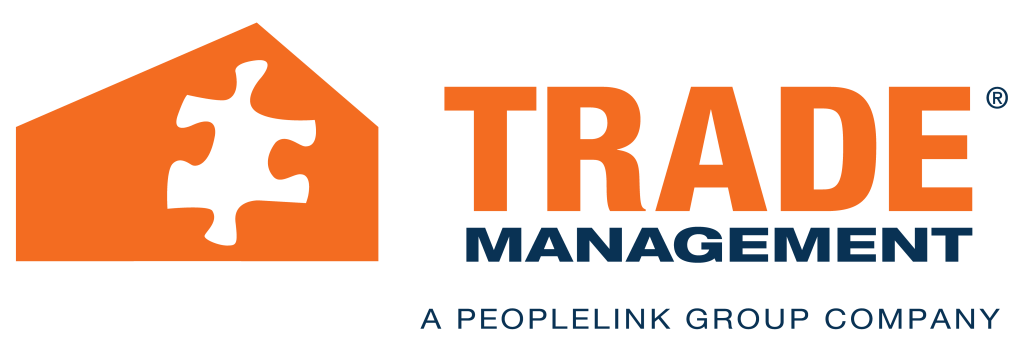Can You Dig It? Yes, but follow these safe digging tips.
April is National Safe Digging Month, a month-long initiative aimed at promoting safe digging practices and preventing damage to underground utilities. Every year, thousands of people unintentionally damage underground pipelines, cables, and wires by digging without knowing the location of these utilities. While the consequences of such damage can range from minor inconveniences to life-threatening accidents, they can all be prevented by following some basic safety guidelines. In this blog post, we will discuss the risks associated with improper excavation, and the steps you can take to protect yourself, your property, and the environment. Read on and learn how to dig safely and responsibly.
Conduct a Site Survey
As a contractor, it is your responsibility to carry out dig site surveys and identify any underground utility lines before proceeding with digging. Before beginning any kind of digging project it’s important to call 811 or the local utility companies to request a free utility locate. This will help to avoid potential delays in the project due to unknowingly cutting underground pipelines or cables. Accidental strikes are often expensive and can create hazardous conditions, so it is best practice to always call ahead and make sure no lines exist near the dig site. Failure to do so can result in serious consequences, such as service disruptions, injuries, or even lawsuits. Therefore, it is crucial to follow best practices, including using proper excavation techniques, maintaining clear communication with utility providers, and adopting safety measures such as shoring or backfilling.
Obtain an Excavation Permit
Determine what type of excavation permit you need, which varies depending on the size and scope of your project. Review the permit application and ensure you have all necessary documentation and information, including site plans and safety measures. This documentation and information not only includes site plans and safety measures, but also any environmental permits that may be required for the site. Failure to have the necessary documentation and information can result in costly delays or fines, which is why it’s important to ensure everything is in order before beginning any construction work. Similarly, it is important to submit your permit application to the appropriate government agency and follow up on its status in order to avoid any delays and potential damage in your project timeline. Taking a proactive approach towards digging can prevent unnecessary delays and costly repairs in the future.
Clearly Mark the Dig Site
Marking the perimeter of the dig site with caution tape is essential to establish a safe zone and ensure the safety of workers and pedestrians in the area. Similarly, it is important to provide clear warning signage around the dig site, letting people know that a contractor is working in the area and that they should keep away, particularly children and animals. This will ensure that everyone remains safe, as well as protecting the contractor from any liability issues.
Choose Digging Tools Based on the Soil Type
Consider the type of soil you’ll be working with before choosing your digging tool. This is especially important for contractors who will be digging trenches for laying foundations or installing drainage systems. By understanding the nature of the soil, you will be able to determine the appropriate digging tool to use. Not only will this ensure a smoother process, but it will also help to avoid delays that could arise due to damage to tools or equipment.
Follow Safety Protocols
To avoid delays, it’s essential to follow safety protocols and regulations set by regulatory bodies. This includes wearing personal protective equipment such as hard hats, high-visibility clothing, and steel-toed boots, identifying potential safety hazards before digging, and ensuring that equipment is in good working condition before use. Safe working conditions translate to productive workers who will give their best, thereby producing quality work within a shorter time span, on budget and without delays.
Stay Up To Date on Excavation Methods
Adequate training is essential for contractors tasked with digging activities. The excavation industry is an ever-changing environment in which contractors must keep pace with new technology, techniques, and safety regulations in order to stay effective while reducing risk. Contractors must continually update their knowledge of the latest excavation methods and safety protocols to ensure compliance with applicable codes. Regular training and education is essential for a successful contractor digging process and guarantees that contractors are equipped with the necessary skills to safely complete any excavation-related task they may be assigned.
By following safe digging practices, you can ensure that your digging project is completed safely and efficiently, preventing damage to underground infrastructure like gas lines, water mains, or power cables, and avoiding injury. For more construction safety information, check out our spring construction safety tips.
Ready To Find Your Next Construction Role?
Work with Trade Management to find your next construction role. Register with us today.










